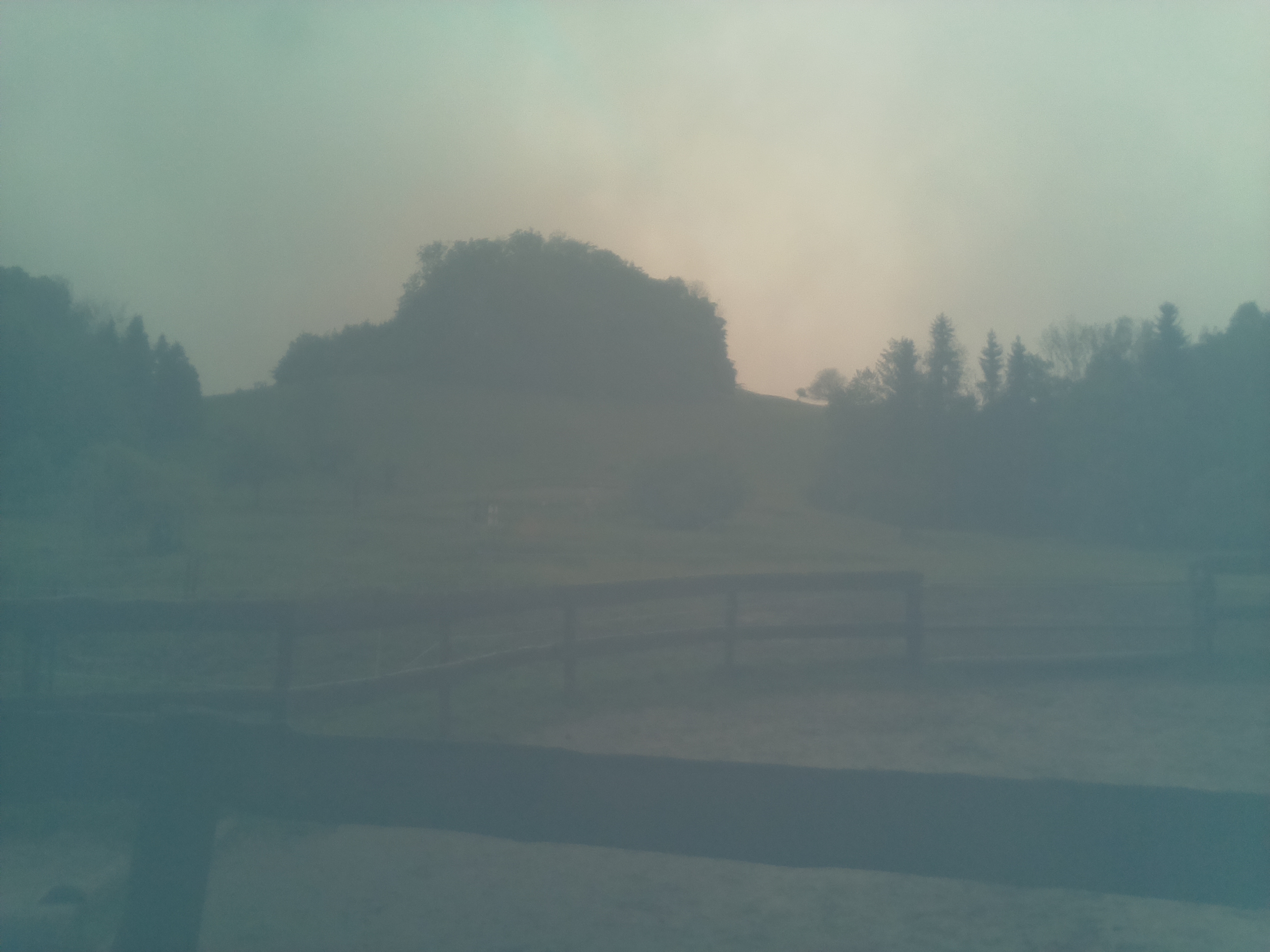At the Brandstatt site, monitoring efforts focus on both surface changes across the unstable slope and the dynamics of meteorological parameters. Since September 2022, a weather station installed in the eastern sector has been collecting atmospheric data. To monitor surface changes, close-range remote sensing techniques are applied at regular intervals. Terrestrial laser scanning (TLS) is conducted from the opposite slope, while UAV surveys are performed on-site, accounting for seasonal vegetation growth. Additionally, regular GNSS campaigns provide crucial data on the temporal evolution of surface features, enhancing our understanding of the landslide's activity over time.
Weather station
Since September 2022, a weather station has been operating at the site, continuously recording key meteorological parameters, including temperature (°C), humidity (%), solar radiation (W/m²), wind speed (m/s), and precipitation (mm) (Figure 30). Measurements are taken every five minutes and transmitted to a server in Vienna, where they are available for real-time access on the Monitoring page.
Figure 30: Weather station and measuring devices at the Brandstatt site.
Close-range remote sensing
Surface movements at the site are monitored and quantified using advanced remote sensing techniques. To capture the spatial distribution of surface changes across the entire unstable slope, periodic surveys are conducted with a Riegl TLS (VZ 6000) from the opposite slope (Figure 31). Recently, the lighter and more versatile Riegl VZ 2000i has been tested, enabling fast, high-accuracy scans and panoramic views directly within the study area.
Additionally, UAV surveys focus on active sectors of instability, particularly in autumn and spring when low vegetation cover ensures optimal data quality (Figure 32). By applying Structure from Motion (SfM) algorithms, UAV imagery is processed to generate high-resolution 3D point clouds, elevation models, and orthophotos, providing a comprehensive understanding of surface dynamics.
Remote sensing datasets play a crucial role in time-series analysis and change detection, enabling the quantification of ground movements over selected periods. By comparing multi-temporal surveys, members of the ENGAGE group can assess displacement rates and better understand landslide dynamics. These datasets also support the identification of geomorphological processes driving slope instability and their spatial distribution. A key application is the generation of surface difference models, such as Digital Elevation Models of Difference (DoDs), which provide detailed insights into the location and magnitude of landslide displacements.
Corresponding results are in progress.
Figure 32: TLS acquisition using the Riegl VZ 6000 from the opposite slope.
Figure 33: UAV surveys conducted in March 2023 using a commercial drone (DJI Phantom 2 Pro).



